What is keto diet and what to eat

From time to time we hear about various types of diets that promise numerous health benefits, easier weight loss and, in general, a better quality of life.
One of the most well-studied and particularly loved dietary regimens – despite the many limitations it entails – is the Ketogenic Diet or Keto Diet.
Table of Contents
What is Keto Diet?
Keto Diet (KD) is characterized by a very high consumption of fats, a sufficient amount of protein and a very low consumption of carbohydrates. In general, it differs significantly from the typical diet of the average population.
In particular, the daily amount of carbohydrates consumed ranges from 20-50 gr, protein covers approximately 15% of calorie needs, while the corresponding percentage covered by fat reaches 70-80%. The above grams and percentages are not standard and are subject to slight variations, depending on the case.
The main characteristic of this diet is that it leads to the production of ketones, due to the limited carbohydrates in the body. Essentially, our body can no longer rely on glucose for energy and begins to use stored fat, which turns into ketone bodies.
The above metabolic process is called ketosis and usually starts 3 to 4 days after someone starts following this diet, by which time their glycogen stores will have been depleted.
There are various types of Ketogenic Diet, which all have in common the production of ketones, while they differ in terms of the amount of allowed carbohydrates, the ratio of fats and carbohydrates, etc..
Some categories are listed below:
- Standard Ketogenic Diet
- Modified Atkins Diet
- Ketogenic Diet Rich in Medium Chain Triglycerides (MCTs)
- Low Glycemic Index (GL) Diet
Health benefits
The keto diet has been known for decades (since the 1920s) to help manage epilepsy (seizures) in children and adults unresponsive to medication. In recent years, however, it has also been studied for its benefit in the following pathological conditions:
- Obesity (weight loss)
- Dyslipidemia (decrease in triglycerides, increase in HDL cholesterol)
- Type II diabetes (glycemic regulation, HbA1c levels, medication reduction)
- PCOS (Polycystic Ovary Syndrome)
- Acne
- Neurological diseases, such as Alzheimer’s and Parkinson’s
It is not clear where the potential benefit of KD on neurological and brain function is due, however the results so far are very encouraging!
As for the weight loss, it is largely caused by the fluid elimination as carbohydrates, which retain large amounts of water, are now consumed in very small amounts. However, the results do not last long and Keto diet is not recommended for long time periods (risk of nutritional deficiencies, etc.). Furthermore, maintaining it long-term is very difficult, due to the multiple food restrictions.
What to eat
The keto diet is based on the consumption of a large amount of good fats and a sufficient amount of protein foods of high nutritional value. In addition, the consumption of certain vegetables and fruits is permissible, but these should be consumed with caution due to the carbohydrates they contain.
Some foods that can be consumed by those on a keto diet include:
- Olive oil and olives
- Avocado
- Eggs
- Nuts (almonds, walnuts) and nut butters
- Seeds (pumpkin seeds, flaxseed, chia)
- Poultry (chicken, turkey, duck, goose, etc.)
- Fish (e.g. salmon, sardines, tuna, trout, anchovies, sea bass, mackerel)
- Red meat (beef, pork, lamb, goat)
- Liver and other animal organs
- Crustaceans and molluscs
- Tofu
- Unprocessed cheese (gouda, brie, camembert, blue cheese, cheddar, mozzarella)
- Green leafy vegetables (lettuce, spinach, kale, iceberg, Swiss chard, kale, rocket, endive, radish)
- Brussels sprouts
- Asparagus
- Broccoli and cauliflower
- Cucumber
- Tomato
- Zucchini and eggplant
- Green beans
- Mushrooms
- Peppers
- Radish
- Onion and garlic
- Leek
- Fresh herbs
- Berries
- Mustard (plain)
Regarding fats – since they are the main source of energy for the body in Keto diets – the emphasis is on consuming good (i.e. unsaturated) fats, from sources such as olive oil, nuts, fatty fish and avocado. As is well known, there are some types of fat that significantly harm our health and should be avoided as much as possible (saturated and trans fats).
When it comes to protein-rich food, there is theoretically no problem if one prefers the fattier and unhealthier sources of protein – compared to the more nutritious alternatives. Understandably, however, it is recommended to avoid frequent consumption of protein sources such as cured meats (e.g. bacon), sausages and red meat. Instead, it is recommended to mostly consume poultry and fish.
Finally, it is important to meet the needs of the body in dietary fibers, which is not very easy due to the low consumption of vegetables and fruits. The allowed vegetables, seeds and nuts will do the trick!
What not to eat
In order to achieve ketosis, it is necessary to significantly limit the intake of carbohydrates, as a result of which it is recommended to avoid certain foods and food groups.
The most typical examples are listed below:
- Foods rich in sugars (natural or added): sweets, chocolate, honey, ice cream, cake, candies, cookies
- Fruit juices
- Soft drinks and smoothies
- Fruit (with a few exceptions)
- Rice and pasta
- Bread
- Cereals
- Legumes
- Potatoes and sweet potatoes
- Carrots
- Corn
- Certain sauces (barbeque sauce, honey mustard, ketchup, light mayonnaise)
- Low-fat/sugar-free diet foods (eg sugar-free candies, low-fat cheese)
- Alcohol (cocktails, beer, liqueur, wine, etc.)
It is also important to note that some attention needs to be paid to the protein foods consumed, as excessive protein intake can affect this ketosis process as well.
Side effects of Keto diet
Despite the multiple benefits that one is likely to see from following the Keto diet, it is not at all unlikely that one will notice some side effects as well.
The most typical side effect – albeit temporary – is known as the Keto Flu, as it includes common symptoms of the flu and common cold. These symptoms last for about 2 weeks and include the following:
- Headache
- Motion sickness
- Constipation (and rarely diarrhea)
- Fatigue
- Dizziness
- Muscle pain
Other common symptoms and side effects experienced by those following the KD include:
- Bad breath (ketone breath)
- Mood swings and irritability
- Reduced endurance in training
- Constipation and indigestion
- Nutritional deficiencies
- Kidney and liver problems (rare)
The characteristic bad breath is due to ketosis and, specifically, it has to do with the production of acetone.
Nutritional deficiencies mainly concern magnesium, potassium, calcium, phosphorus and vitamin D.
Regarding constipation, it is usually due to the reduced intake of plant fiber and the large excretion of water.
As for the groups of people that should not try out the Keto Diet, the main ones are listed below:
- Pregnant and lactating women
- Children and teenagers
- People with eating disorders
- People with kidney or liver disease
In people with a history of nephrolithiasis (kidney stones) or gallstones, dyslipidemia, type I diabetes or other serious medical conditions, it is necessary to consult the attending physician if one wants to follow this diet.
In general, it is essential to have the knowledge that this dietary regimen is not suitable for everyone, while its long-term adoption as well as its incorrect or unsupervised execution can endanger health.
Nutritional supplements
Due to the nutritional deficiencies that are often present in those following the KD, it is recommended to take one or more of the nutritional supplements listed below (depending on the needs):
- Electrolyte or trace element formulas (magnesium, potassium, sodium, calcium, phosphorus)
- B-complex vitaminsVitamins C and E
- Vitamin D (or a combination of vitamins D & K)
- Probiotics
- Psyllium powder (plant fiber)
- Omega 3 fats
- MCTs
- Carnitine and CLA
Summary
The Keto diet should only be followed for a limited period of time and if necessary, always under the supervision of experts.
It is a diet with many potential benefits (diabetes II, insulin resistance, obesity, dyslipidemia), but it is also nutritionally inadequate when followed for a long time (poor in antioxidants, fiber, certain minerals, etc.).
The correct and gradual reintroduction of foods after the end of Keto is important, as well as the support of the body with nutritional supplements when there is a need.
References:
Disclaimer
The content of this blogspot is not and can not be considered as medical advice, diagnosis or treatment. All information is provided to readers solely for informational purposes. There is no intention to substitute this content for personalized medical advice, diagnosis, prognosis or treatment.


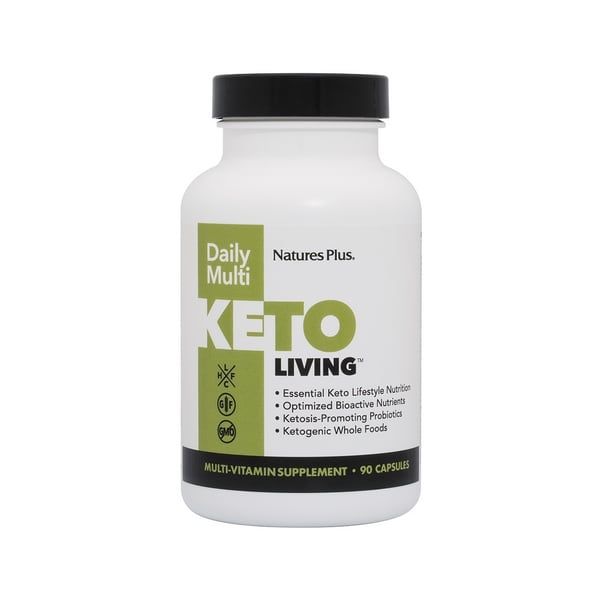
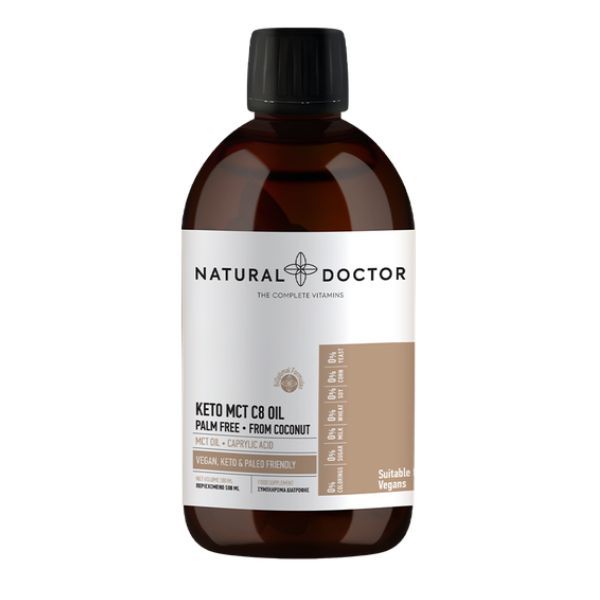

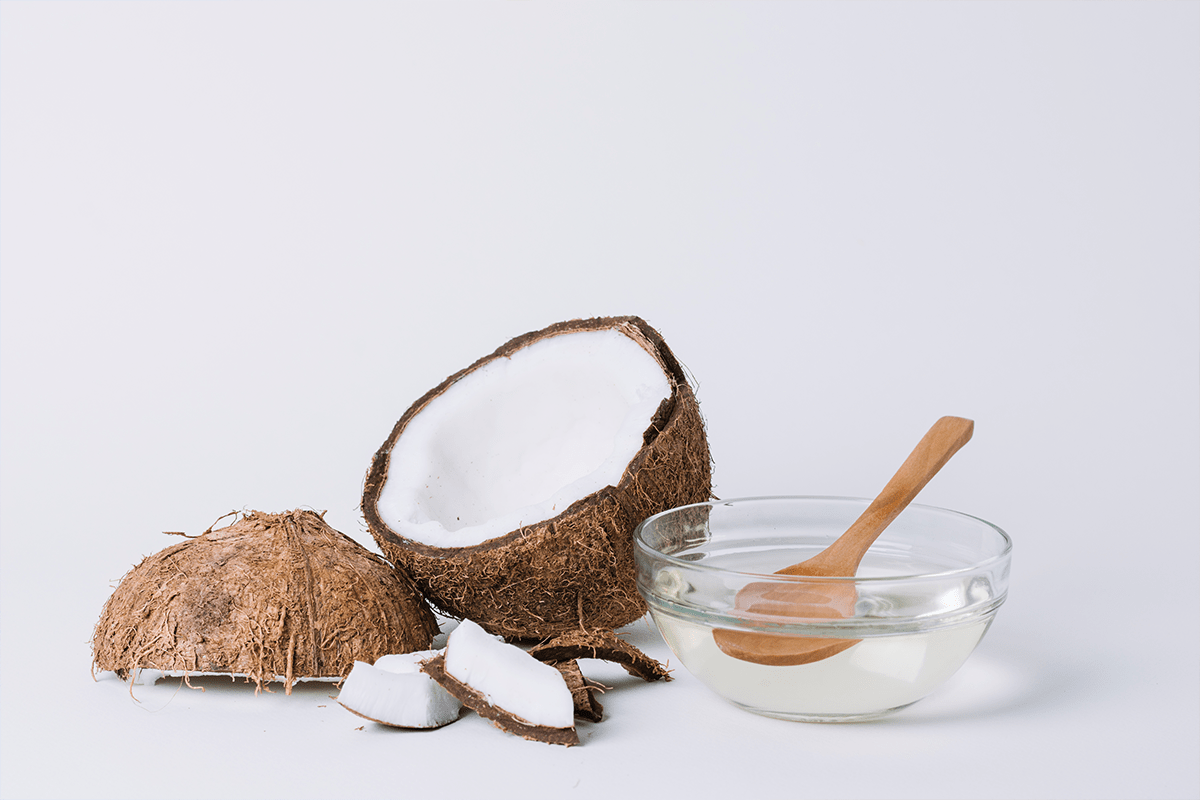

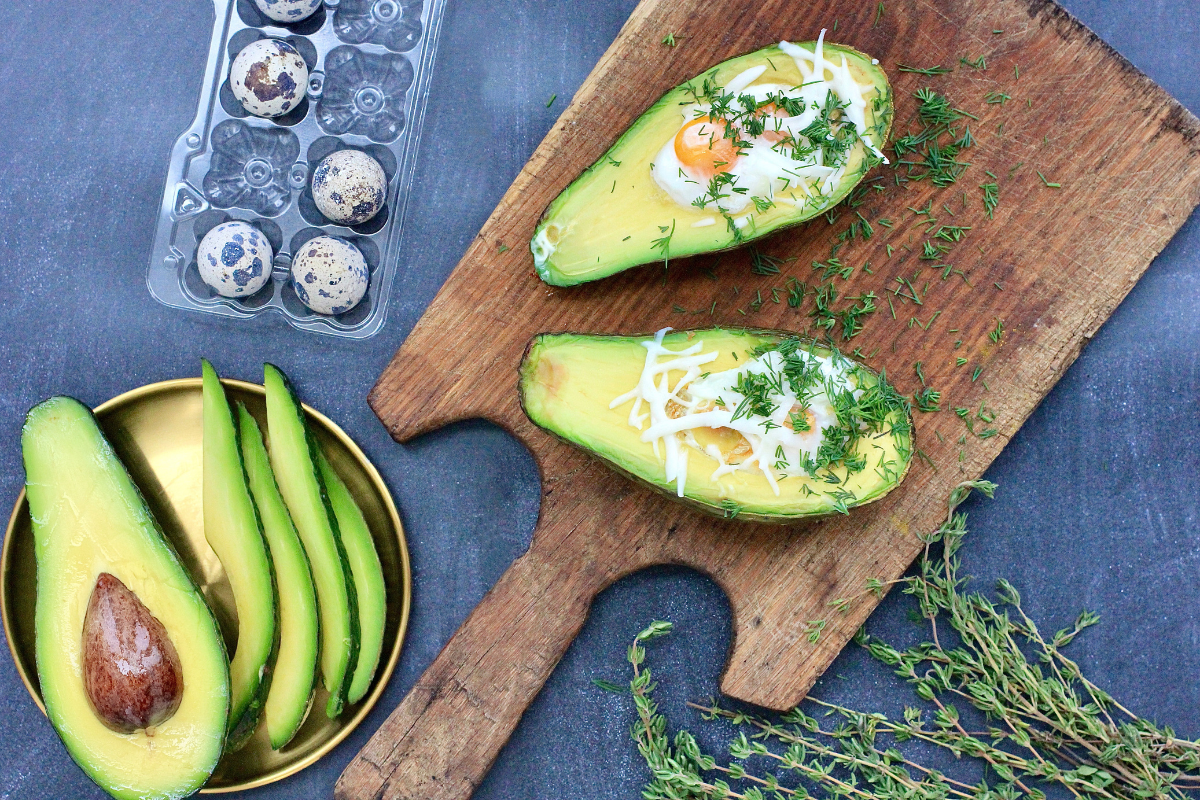
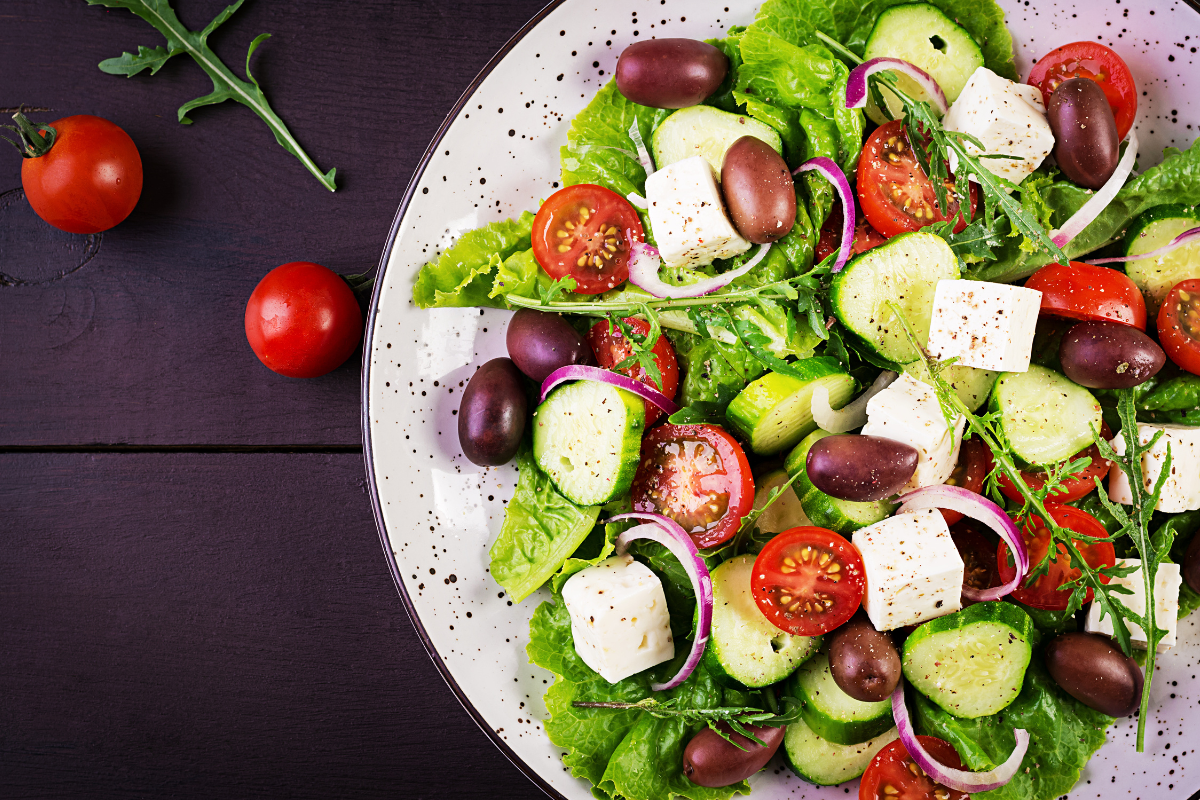

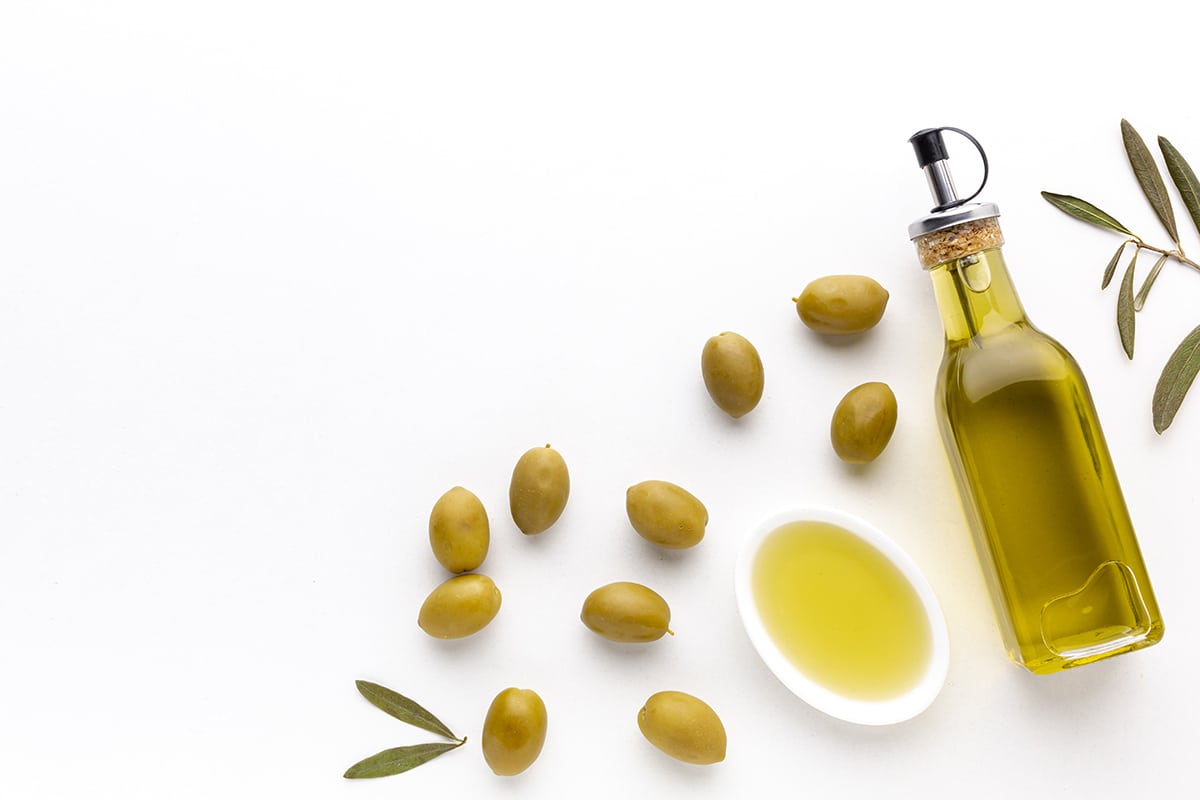

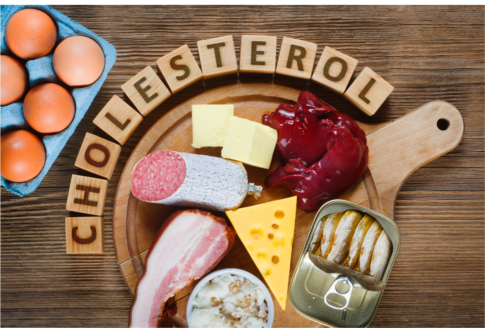
Leave a comment